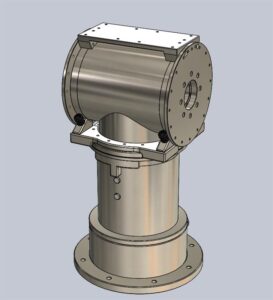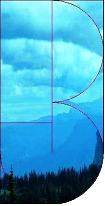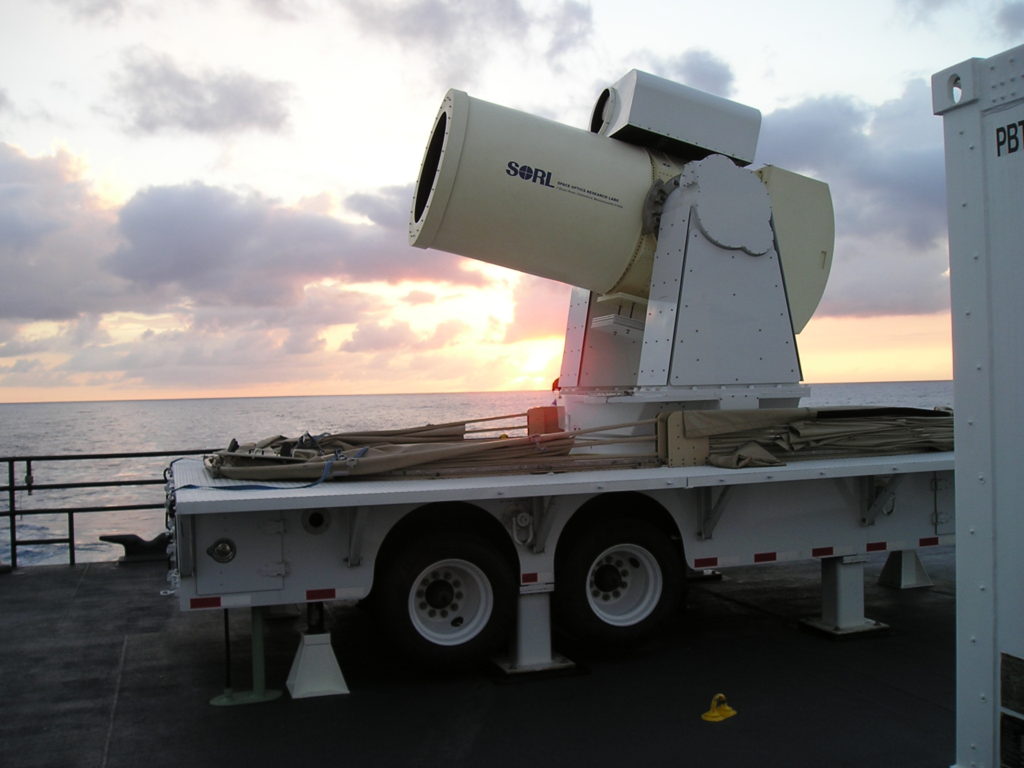outstanding performance
That’s because we excel at customer service. Our number one goal is your total satisfaction with our work, and we won’t stop until we get there! Not only that, but we’re masters at adapting to other companies. We’ll work around your busy schedule, and we’re always here for support! Since we’re a smaller business, we can provide our clients with more personable service.
You can rest assured that we’ll take care of your needs and then some! Don’t wait to join our long list of satisfied clients today! Okay, so there you have an overview of what to expect from the Blue Joule Corporation. Knowing what you do now, what do you think? Are you looking for the best custom engineering solutions in the industry? Would you love help with mechanical or electrical designs? Great! Then you’re a perfect fit for what we do, and we’d love to work with you!


